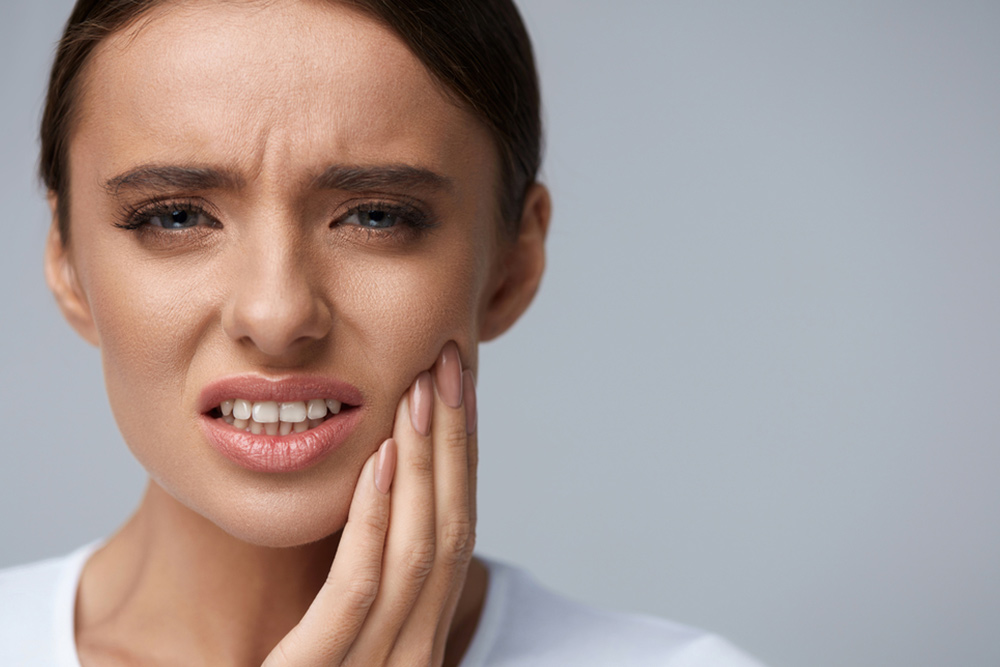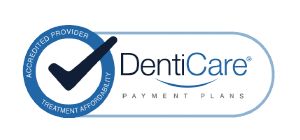The Temporomandibular Joint (TMJ)
The TMJ is the hinge joint that connects the lower jaw (mandible) to the temporal bone of the skull. It is located in front of each ear on the side of your head. The joints are flexible and are used frequently for tasks such as eating, drinking or talking.

What is TMD/ TMJ Disorder?
Temporomandibular disorders (TMD) comprise of a number of clinical conditions pertaining to the temporomandibular joint and/or its surrounding facial muscles.
The symptoms of TMD can vary significantly. The most common symptom is pain in the area of the TMJ or the surrounding muscles. Other common symptoms include headache, jaw ache, facial pain, and ear pain. In addition to pain, patients often have limited jaw movement and joint sounds such as painful clicking, locking, popping or grating in the jaw joint when opening or closing the mouth.
What are the Causes for TMD?
There is not a single explanation for the cause of Temporomandibular disorders (TMD). Multiple things may contribute to muscle tightness and problems with the jaw and joints. Some possible influencing factors of TMD are:
- Misalignment (malocclusion) of teeth
- Injury to the jaw, temporomandibular joint, surrounding nerves or muscles
- Grinding or clenching the teeth (bruxism)
- Stress and anxiety
- Sleep disorders and breathing difficulties
- Dislocation of the soft cushion or disc between the ball and socket joint of the TMJ
- Presence of arthritis or other inflammatory musculoskeletal disorders in TMJ
What is bruxism?
Bruxism can be described as a repetitive jaw muscle activity which is characterised by grinding or clenching the teeth and/or by bracing or pushing the TMJ. It can occur during sleep or while you are awake.
How can TMD/Bruxism be Treated?
At our Coastal Dental Care practices, we offer several treatment options for your TMD/Bruxism depending on the cause. To determine which treatment option you need, you should first organise a consultation with one of our dentists to discuss your symptoms. This way, the dentist can identify the best treatment plan for your case.
Treatment options vary depending on the condition and cause of your jaw soreness / tightness. This means, different treatment plans differ in cost, treatment duration, and expected results. Depending on your situation, the treatment method can be a combination of different approaches or a single treatment.
Treatment Options for TMD at Coastal Dental Care include:
- Pain/Relaxation/ Anti-inflammatory medication
- Oral appliances called splints or bite guards
- Massage/Manipulation/Exercise of the TMJ and associated muscles
- Orthodontics (braces)/dental work/adjustment
- Injections into the muscles of mastication (read more about this in Facial Injectables section of our website)
Coastal Dental Care TMD/Bruxism Treatment
Currently, our Coastal Dental Care practices at Banora Point, Burleigh Waters, Kingscliff, and Mudgeeraba are offering TMD and Bruxism treatment plans. Book in for a consultation online (make a note: TMD/Bruxism) or give one of our practices a call to receive more information.






